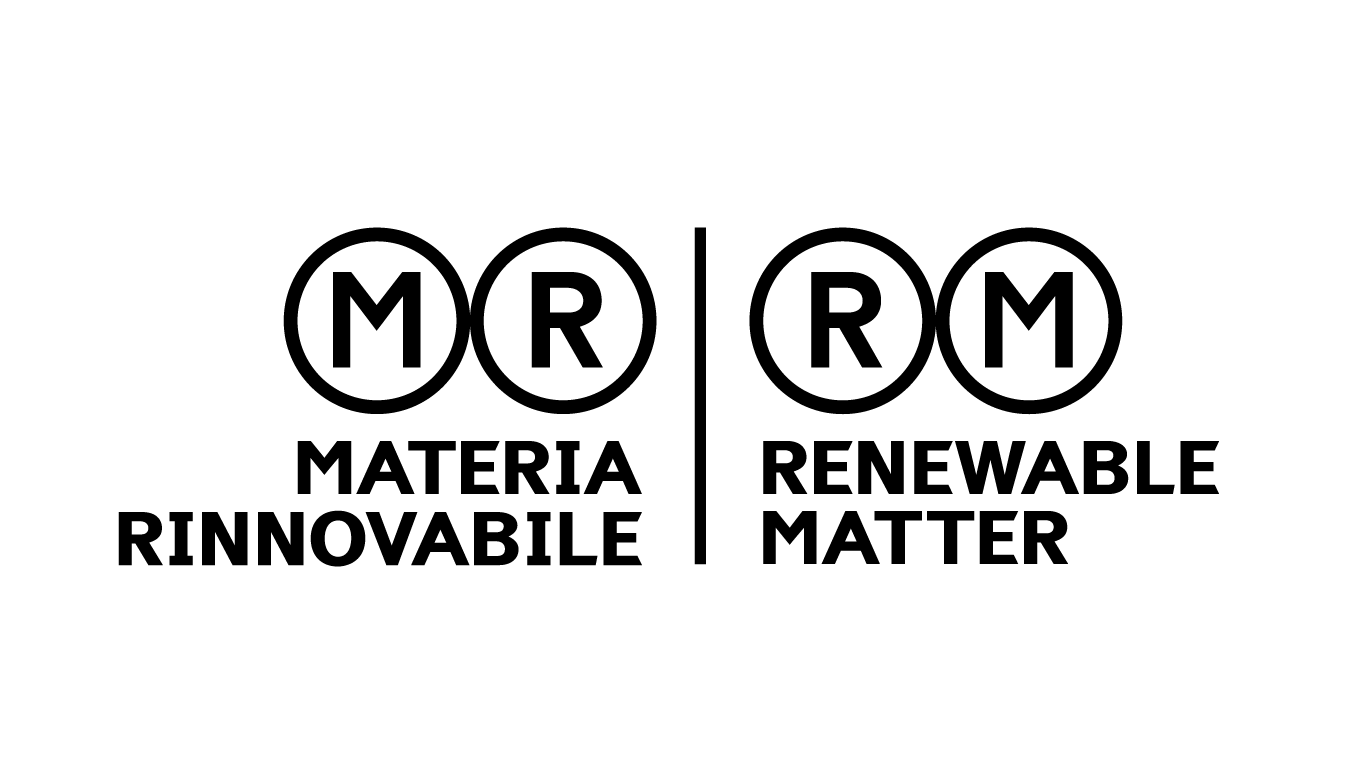
That science is not a woman’s business is an old cliché, increasingly disproved nowadays by new strands of historiography that restore brilliant female researchers and inventors of the past to their rightful place in the annals of human progress.
Yet, access to courses of studies and, above all, the real possibility for women to pursue a career in the technical-scientific field are still littered with cultural obstacles and structural barriers. The gender gap in the so-called STEM (Science, Technology, Engineering and Mathematics) disciplines remains a chasm: according to the World Economic Forum’s Global Gender Gap Report 2024, women represent only 28% of the workforce in the sector, while female representation in the booming artificial intelligence industry is just 22%.
The paradox is that women’s education levels have steadily risen over the last century, and in most high-income countries they are now on average higher than men’s. In short, girls perform better in their studies than their male counterparts, but too few of them go on to study science, and even fewer reach the top of their careers. Why is this?
Identifying and overcoming the causes of this gap is one of the urgent matters for the near future. Not only as a question of justice and fairness, but also for purely practical reasons: faced with the challenges of ecological and digital transition, the world cannot afford to ignore the contribution of its female half.
Why do women not choose STEM?
Among the causes of the gender gap in technical and scientific disciplines, most reports (UNwomen, WEF, Save the Children) identify a lack of infrastructure and difficulty in accessing learning tools. Unfortunately, these factors have a dramatic impact in most developing countries, where it is much more difficult for girls than boys to attend school if they live in remote areas, or to free themselves from family responsibilities in order to study.
However, “logistical” causes alone are not sufficient to explain a gap that, although smaller, also exists in Europe. “According to Eurostat, women currently represent 41% of scientists and engineers in the European Union. So we are far from equality,” Martina Rogato, president and co-founder of HRIC – Human Rights International Corner and co-chair of Women7-G7, explains to Renewable Matter. “If we broaden our view to the science and technology sectors as a whole, so also considering roles that are not purely engineering-related, women exceed 50% in the EU. But when we look at more technical and advanced roles, their presence drops significantly.”
As far as Italy is concerned, it is below the European average. “Eurostat also tells us that women scientists and engineers account for around 34%,” Rogato points out. “This figure has been stable for several years and shows that Italy struggles more than other countries to promote female talent in technical and scientific disciplines.”
The causes here are cultural. According to Claudia Goldin, who won the Nobel Prize in Economics in 2023 for her studies on the gender gap in the workplace, one of the reasons is that educational decisions are made at an early age and are often influenced by female expectations formed from the experiences of previous generations. Basically, a girl who expresses a desire to become an astronaut, study engineering or become a researcher has to face a framework of stereotypes built up over centuries, and on top of that, she does not have many visible female role models to inspire her.
The result is that, as reported by UNESCO’s Global Education Monitor, the global percentage of women graduating in STEM fields has remained virtually unchanged for a decade at 35%. This figure is confirmed for Europe, and for Italy, by She Figures. So what can be done?
Bridging the gap
The work to be done to bridge the gender gap in STEM is first and foremost cultural: a patient effort to dismantle stereotypes and build self-confidence that must begin in primary school. The role that women already play, and have played, in science and technology must be made more visible by teaching and promoting a new perspective on history – the so-called Herstory – that includes female figures who have been marginalised or even “robbed” of their deserved recognition simply because they are women. And, alongside this narrative, new, more inclusive professional networks and mentorship programmes for girls must be developed.
Various such programmes exist at international level, such as the Women in STEM Network, based in the United Kingdom, Global Engineer Girls, with various locations in Europe, Turkey and Saudi Arabia, and the Women in Nuclear (WIN) network, based in Austria.
In Italy, too, progress is being made on this front, as Martina Rogato tells us. “Important initiatives are emerging. I am thinking of Palestre Digitali, a project created with the Accenture Foundation, which provides free training in digital skills and engages many young women. I am also thinking of Young Women Network, working on mentoring and professional empowerment, thus drawing girls closer to technological paths. And SheTech, a community that builds training and networking spaces for women who want to work in innovation.”
“The initiatives that work out are those that combine training, mentoring, and professional networks,” Rogato continues. “The communities I mentioned are essential, exactly because they create paths of access and support in an environment that remains very male-dominated. Some Italian companies are also investing in projects for inclusion in tech roles, but more continuity is needed. Training courses are not enough: we need work environments where women can grow and stay.”
The glass ceiling
It is precisely professional growth, upon entering a predominantly male workplace, that is one of the most difficult issues to resolve. Excellent professionals, with all the necessary qualifications and experience, often find themselves hitting the so-called “glass ceiling”, the invisible barrier that prevents women from reaching top positions.
Unfortunately, this phenomenon is widely documented in many sectors, and STEM is no exception. “European data show that as you move up the ladder in scientific and technological roles, the presence of women decreases,” says Martina Rogato. “It’s a phenomenon known as the leaky pipeline: women get through, but many get lost along the way.”
This loss of talent not only harms the women directly involved, but also the entire world of scientific and technological research, and which today also closely affects the ecological transition, as Rogato observes. “All the key sectors of the transition (energy, climate, environmental data, clean technologies) have a very strong technical component,” concludes Rogato. “We need engineers, data scientists, digital experts. If women remain on the sidelines of these paths, we lose half of the available talent just at the time when more competences are required. We also risk designing the transition with a partial view. So yes, there is a glass ceiling. And today it is not just a question of fairness: it is a limitation to the development and quality of our green transition.”
Cover: photo Envato



